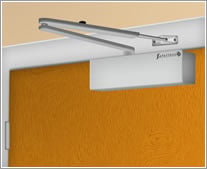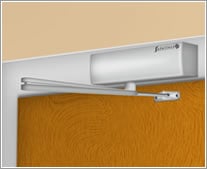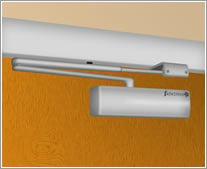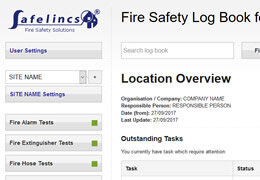-
Contact
Sales & Customer Service
0800 612 6537 support@safelincs.co.uk Live ChatDelivery Enquiries
0800 077 6149 - Resources
Fire & Safety Solutions
CALL OUR TEAM NOW 0800 612 6537
Lines open today 8am - 6pm
Free Delivery
on 100s of Products
Secure Payments
with our fast checkout
Live Customer Chat
Available Now
30 Day Accounts
for Public Sector
5 Star Customer Feedback
Jargon Buster
- Fall Arrest Harness Buckles
- Fault Output
- Fire and Smoke Seal
- Fireco
- Fire Door
- Fire Door Retainer
- Fire Escape Hoods
- Fire Exit
- Fire Extinguisher rating
- Fire Hose Reel
- Fireproof Hinges
- Fire Risk Assessment
- First Fix Concept
- Fixed Temperauture Heat Detector
- Fresnel Diffuser
- Fire Door Closer Mounting Configurations
Letter F
Fall Arrest Harness Buckles
Quick Connect:
Quick connect buckles come in two parts and one part passes through the other to create the connection.
Quick Release:
Quick release buckles work by one part of the buckle being inserted into the other to make the connection and is released by pressing both sides of the buckle simultaneously.
Fault Output
This is a relay with normally open and normally closed contacts which are triggered when a fault condition occurs.Fire Door
A fire door is a complete installed assembly, also known as a fire doorset, which is constructed of fire resisting components including doorframe, door leaf/leaves with any glazing panels required, ironmongery (locks, latches, hinges, etc), intumescent seals and an automatic closing device.
It is an internal door, whose function when closed is to resist the smoke and flames of a fire for a minimum period of time, typically 30 minutes (FD30). As such, a fire door acts to create/protect an escape route through a building or compartmentalise a fire in a section of the building, to facilitate the swift and safe evacuation of people from the premises.
Fire Exit
A fire exit is the final exit on a fire escape route through a building. The fire exit door must open easily, immediately and wherever practicable in the direction of travel, i.e. outwards, into a place of safety outside the building. A fire exit must remain unobstructed at all times and bear the appropriate signage: e.g. ‘Fire Exit – Keep Clear’.
First Fix Concept
The transmitter and receiver are supplied in two parts: one is the head of the unit, and the other part is similar to a large connector called the first fix. The first fix can be easily wired in and mounted, and then the transmitter or receiver simply twists on. On the controller, the first fix allows the installer to complete the wiring before the transmitter and receiver heads are fitted.Fire Door Closer Mounting Configurations
Door closers can be mounted in different ways depending upon the application for which they are being used. The three most common mounting types are detailed below.
Fig 1 Mounting |
|
|---|---|
|
Also known as regular or projecting arm, this is the standard fixing position for a universal door closer. This is where the door closer is fitted to the opening face of the door on the hinge side. When a door closer is fitted in a "figure 1" configuration the arms of the closer will project outwards from the door at around 90°. Please Note: Fig 1 is suitable for all fire doors. |
 |
Fig 61 Mounting |
|
|
The second fixing position for a universal door closer is commonly referred to as "figure 61" or transom. This is where the door closer is inverted and the body of it fitted to the head of the door frame opposite the hinge side of the door. This application allows a door closer to be fitted on external doors without the closer having to be exposed to the elements. When a door closer is fitted in a "figure 61" configuration the arms of the closer will project outwards from the door at around 90°. Please Note: The Certifire certificate must explicitly state approval for a door closer to be compliant in this configuration. |
 |
Fig 66 Mounting |
|
|
The third fixing position for a universal door closer is commonly referred to as "figure 66" or parallel arm. This is where the door closer is fitted to the closing face of the door opposite the hinge side of the door. The arm of the closer is then fitted to a bracket supplied with the door closer. This application allows a door closer to be fitted on external doors without the closer having to be exposed to the elements. When a door closer is fitted in a "figure 66" configuration the arms of the closer will run parallel to the door and frame. Please Note: The Certifire certificate must explicitly state approval for a door closer to be compliant in this configuration. |
 |



























